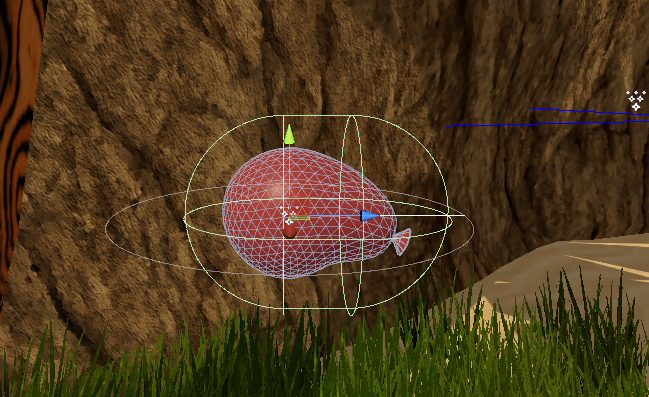Pathfinding for enemy or follower characters
"When finding the fastest path in a 3D environment, one may hear mention of something called A-Star search algorithms. This is an abstract extension of Dijkstra's algorithm for finding the fastest path between two nodes using heuristics. I'm going to focus on my own implementation of Dijkstra's Algorithm. School teaches you algorithms like these in a conceptual way, but often you realize that the concepts require a lot of work to apply to real life niche solutions. Dijkstra wasn't thinking of massive sand creatures navigating a maze to hunt down a player character on their own, but because his conceptual algorithm is abstract and vague, it can be applied to many things with some thought and work..."


